As it soars in popularity - is Pilates really better than weight training for boosting health and muscle tone?
Welcome to the ultimate workout-off.
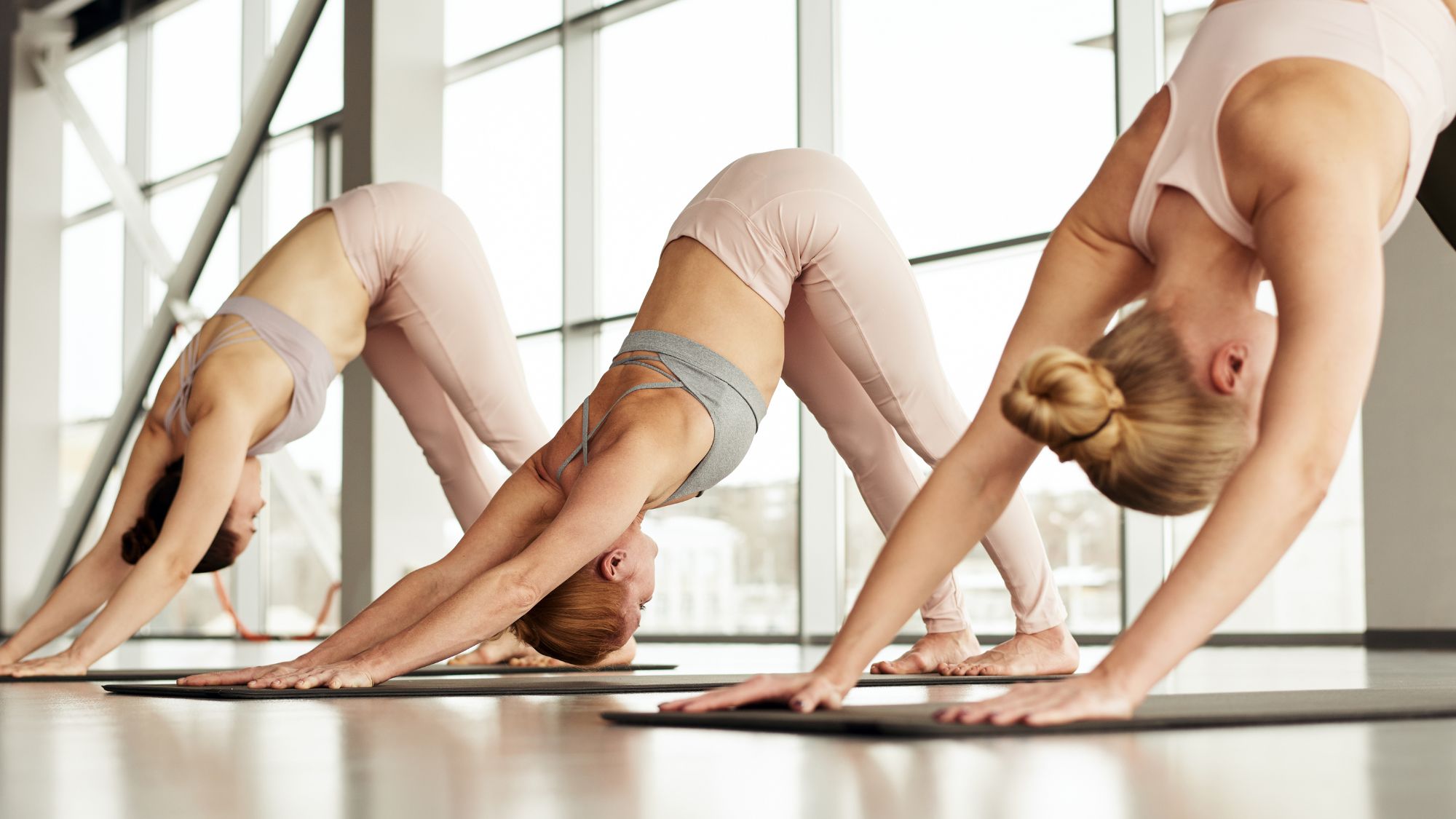

Ever asked yourself, is Pilates better than weight training? The workouts are currently trending on TikTok with thousands taking to the app to debate which sweat session is most effective. While strength sweat sessions have been popular for years, its low-impact counterpart is, without doubt, the most popular workout of the moment, skyrocketing in popularity last year and firmly cementing itself as a fitness mainstay. Case in point: while strength training had long been the number one workout to book on ClassPass, Pilates took the crown in 2023 with reservations up 92%.
It's probably not surprising, then, that search for the difference between Pilates workouts and weight training, plus the different benefits both sweat sessions can offer, is on the rise. So, question. Which exercise is "better" for you? Is there such thing as a "best" workout? Are people turning to Pilates exercises and away from strength training because it reaps better benefits, or are we just finding joy in workouts we can do from home that require minimal equipment? Good questions - all of which Rachel Lopez, a personal trainer and Pilates instructor at Blok and Third Space, and myself, Chloe Gray, a health and fitness editor and fitness trainer - have answered below.
Once you've decided which is best - or which you prefer - we have loads of guides to help you get started with your workout of choice, including the best 20 minute Pilates workouts and 30 minute Pilates workouts, plus expert explainers on what Pilates does to your body and whether Pilates is hard for beginners, here.
Is Pilates better than weight training? Experts weigh in
What are the benefits of weight training?
There's one huge swing in favour of weight training over Pilates: it has the ability to properly grow muscle. "You can see very effective strength and aesthetic changes in weight training more so than you would in Pilates," says Lopez. Why so? Simply, because you can't do hypertrophy training in Pilates as you can with weights.
Never heard of it? Hypertrophy training, for those not in the know, means training that specifically builds muscle. "It requires three elements: metabolic stress, mechanical tension and muscle damage. To achieve that, load has to be added by gradually increasing the weight and reps to push your body. You can't achieve the same level of overload in Pilates," says Lopez.
The stats are impressive: a 2019 Sports Medicine review found that women can increase their lean mass by 3.3% - approximately 1.45 kg - and strength by 25% by following a 15-week resistance training programme.
"You can also consistently weight train throughout your entire pregnancy - potentially with adaptations - whereas in Pilates you would need to be very careful about following a pre-natal and post-natal specific program. Research actually shows that those who weight train during pregnancy see significant benefits, too," says Lopez.
Marie Claire Newsletter
Celebrity news, beauty, fashion advice, and fascinating features, delivered straight to your inbox!
Other benefits of weight training? It can improve your heart health, too. A recent 2024 paper found that dividing workouts between aerobic and resistance training reduced the risk of cardiovascular disease as much as aerobic-only programmes. "Compound exercises that are performed in weight training are very efficient at burning energy as they recruit more muscles in a shorter amount of time. Pilates as a whole tends to be more focused on those smaller isolated movements," says Lopez.
@rachelschick ♬ original sound - rachel ♡ food & fitness
What are the benefits of Pilates workouts?
Don't ditch the Pilates sliders just yet, though. The workout has its own benefits when compared to lifting weights. "There’s definitely a more holistic approach to strengthening the body in Pilates," says Lopez. "The use of breath and mindfulness in a Pilates class means you strengthen the mind and body."
Yes, despite Pilates not being as efficient at growing overall muscle, it is actually a brilliant way to strengthen muscles - especially the smaller muscles that tend to get neglected in larger lifts. A study from the University of North Carolina found that Pilates-style movements like hip abductions were much better for activating the glute med - a small muscle around your hips - compared to squats and deadlifts that activated the much larger glute max.
"Ironically, Pilates plays a crucial part in supporting your hypertrophy training. To achieve golden mechanical tension you have to have stellar form and mind-to-muscle connection - which Pilates brings to the table every single time. In turn, Pilates improves your hypertrophy training the next time you lift weights," says Lopez. "You can also really tap into and strengthen your deep abdominal core which often gets neglected in strength training."
Pilates allows for a more well-rounded practice when it comes to mobility and flexibility training too. "You are more likely to improve your range because of how focused it is on the eccentric aspect of the movement. This is when the muscle is in a lengthened position and can help harness more mobility and flexibility," says Lopez.
And while Pilates isn't always suitable for pregnant people, "it is golden for rehabilitation," says Lopez. "No matter the injury or limitation, Pilates is exceptionally safe and effective for restoring your strength in a low-impact way (as long as you tell your instructor). It's also a bit more comfortable on the joints compared to weight training making it more accommodating for those suffering with chronic levels of pain or limitations." Pilates ab workouts at the ready.
@amandamytran0 ♬ RICH - indie tribe & nobigdyl.
Pilates vs weight training: Which is better?
Not to be ambivalent about the question, but the answer as to which is better for your body depends on your goals, ability and preference. Both do count towards the NHS' guidelines of doing muscle-loading exercise twice a week, so if you prefer low-impact workouts, are coming back from injury or trying to learn more about your body then sticking with Pilates is okay. But if being properly stronger is your goal, then strength training workouts should be your priority.
However, most people should really try to make room in their routine for both, reckons the PT. "Pilates can be done safely every single day but to see significant improvements you need to be doing it two-to-three times a week. With weight training, you should be aiming for three-to-four sessions a week," says Lopez. Remember: it’s so important to have complete rest days that involve a gentle walk or stretch but no intense movement.
Her take? "I like to alternate between strength and Pilates across the week. If I'm struggling for time, I add Pilates-based core exercises and mobility movements to finish my weights session. Above everything, if your goal is to feel stronger and more mobile, you need to prioritise rest and recovery," says Lopez.
"I'm a Health Editor - and love both Pilates and strength training for toning and strengthening my body."
Ally Head is the Senior Health Editor at Marie Claire UK. She's also a nine-time marathon runner and a fan of any strengthening workouts that help to boost muscle and tone, further injury-proof her body for her high mileage training cycles. Below, she share's why she's a fan of both Pilates and weight training.
"I've been strength training for around six years now and love how strong and empowered lifting weights makes me feel. I only discovered Pilates more recently, back in 2022, but just as quickly fell in love with it. While I was once a bit intimidated by Reformer Pilates classes and didn't know if the small, subtle movements of the workout could really boost your muscle strength and tone, let me tell you - they definitely do, packing bang for buck in that department."
"As the years have gone on, I've opted for more low impact workouts that I can do from home and Pilates ticks all of the right boxes. It's effective, easy, and fun, too, plus I really like that you end your workouts having got a good sweat session in sans bucket-loads of sweat (the same of which can't be said about my weekly runs)."
"I incorporate both workouts into my routine for similar reasons - they both promise to boost muscle tone and strength from home, plus are low impact. Ultimately, I reckon the "best" workout for you is largely down to what you enjoy doing and your end goal."
A post shared by ALLY HEAD (@allyyhead)
A photo posted by on
Shop MC UK approved workout kit now, whether you're doing Pilates or weights
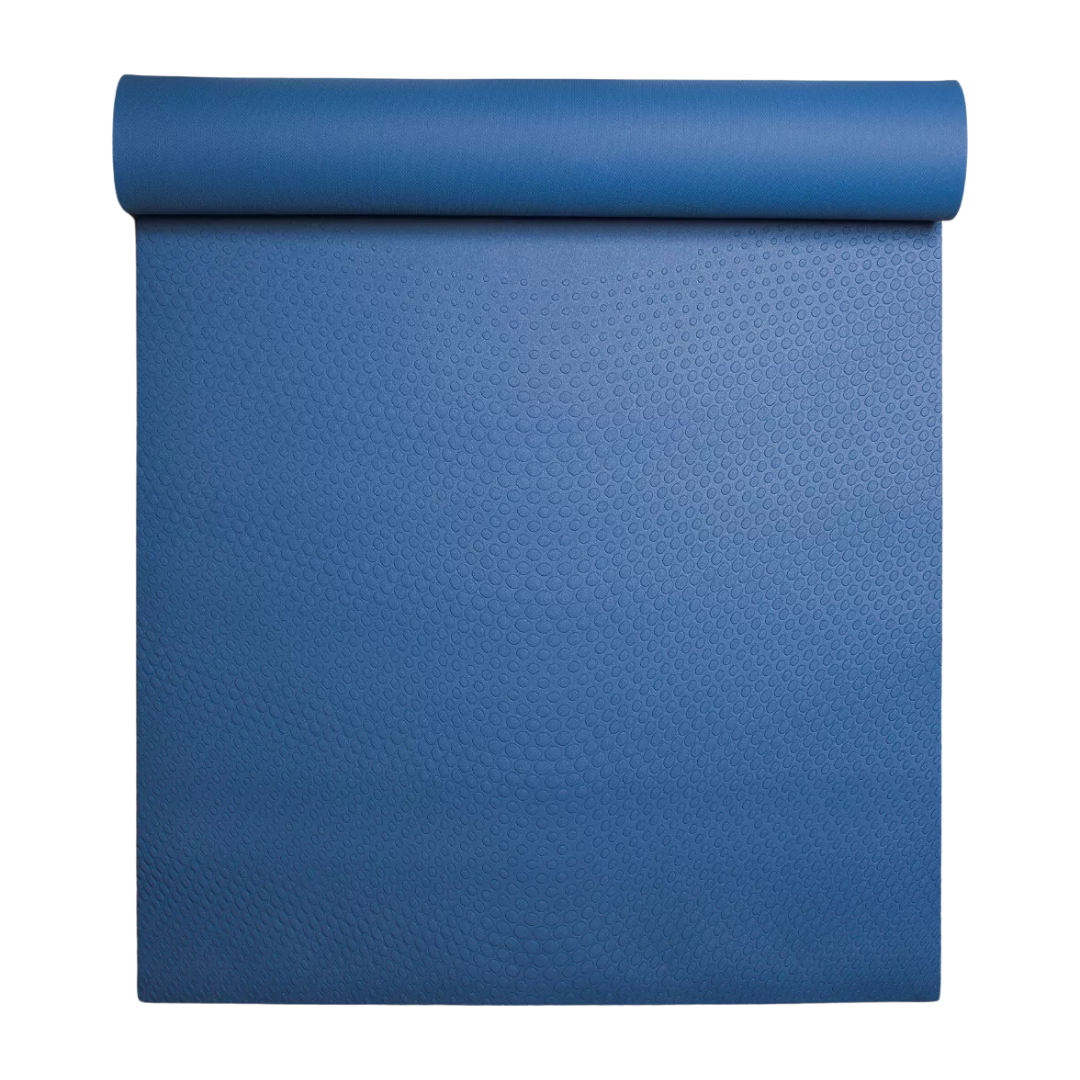
No matter the workout, you need a soft base for lying, kneeling or bouncing off. This Lulu mat has a lovely grippy surface for keeping sturdy in Pilates flows and is strong enough to handle weights and trainers too.
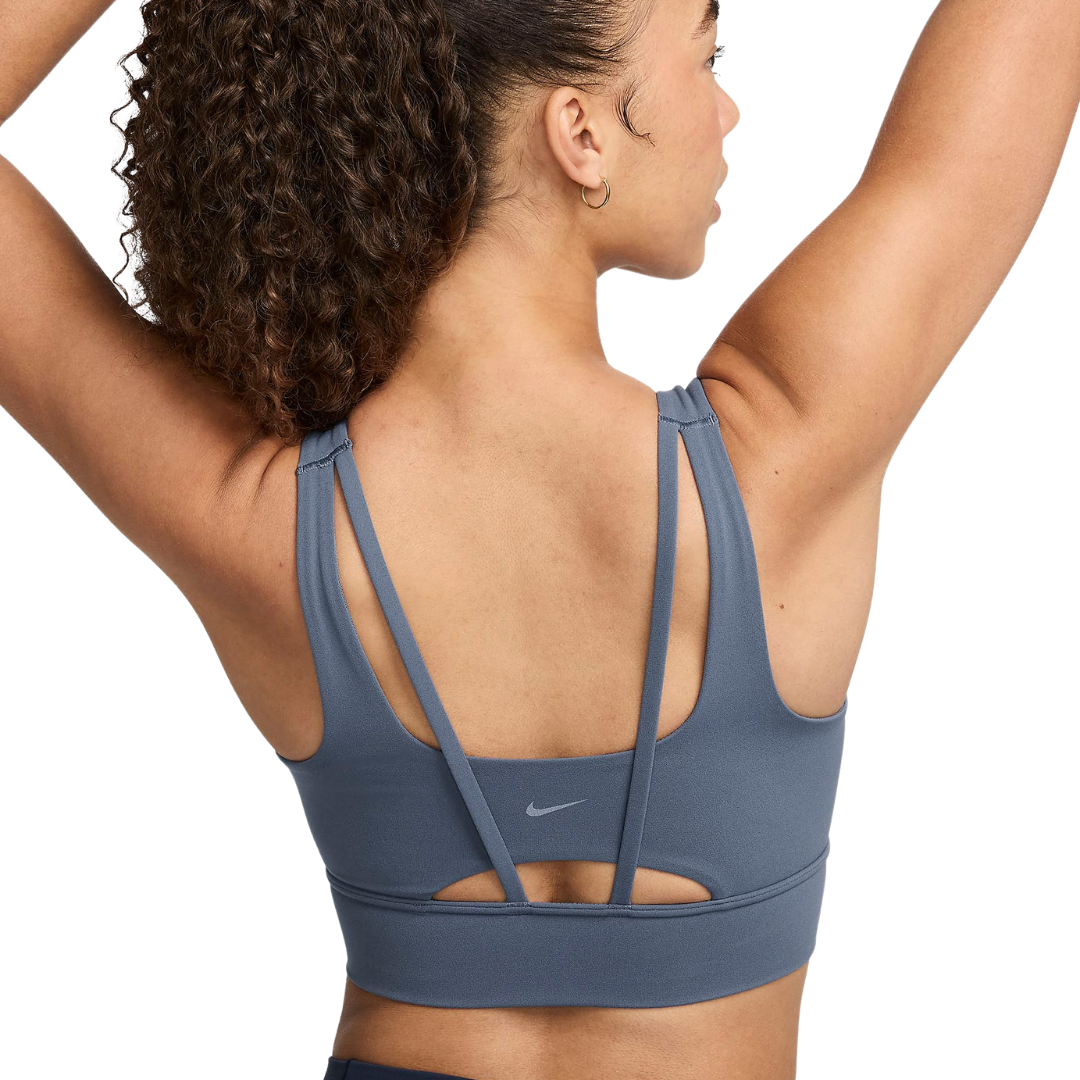
Nike's Zenvy bra has enough support for Pilates and weight lifting (as long as you don't throw some high-impact burpees thrown into the finisher) as well as a gorgeous double strap design and super soft material.
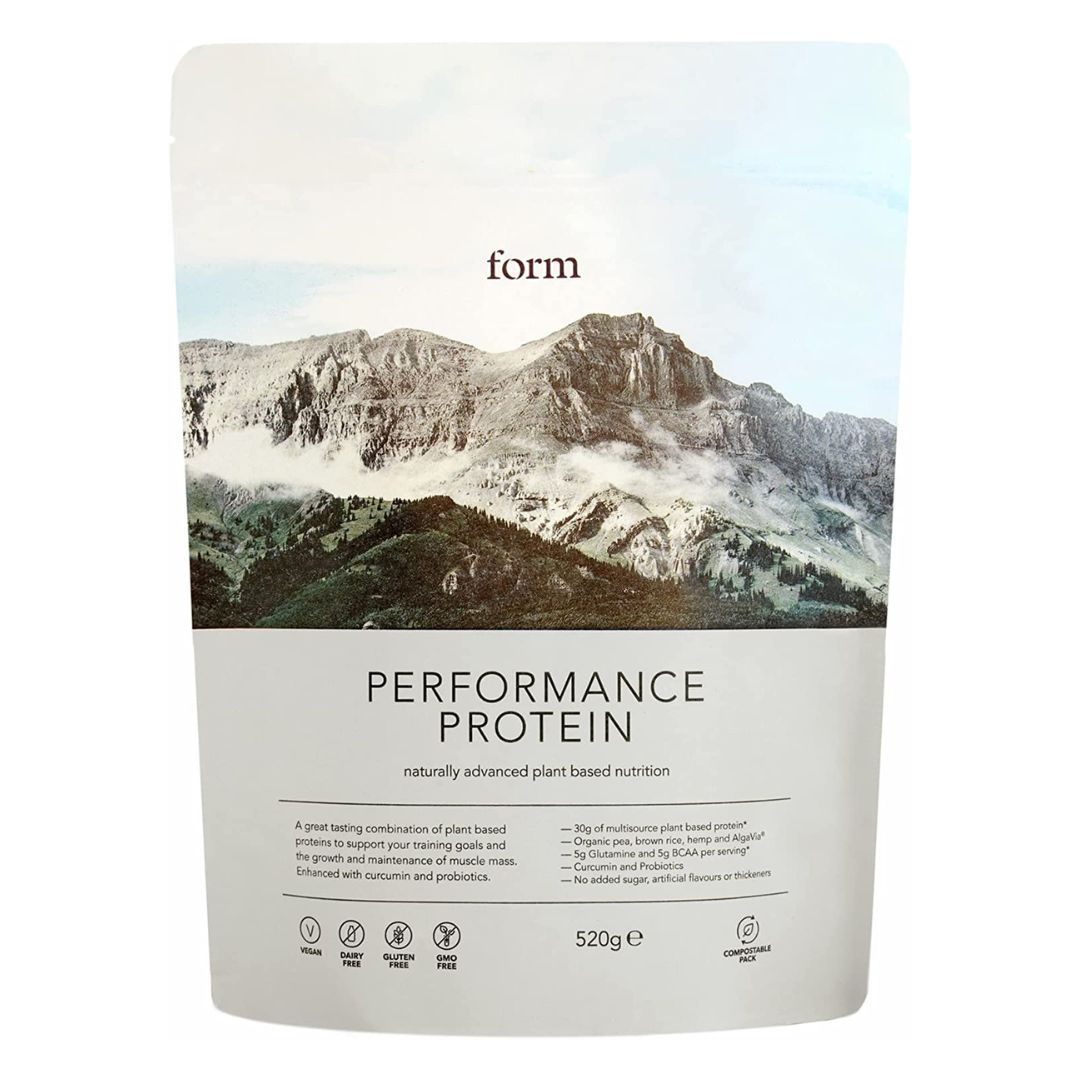
Protein is the building blocks of your muscles so, regardless of your training style, you need enough of it for a stronger body. Form protein powder is a fully vegan, incredibly delicious way to re-fuel.

Chloe Gray is a freelance journalist who writes and talks about health, fitness, and wellbeing through a feminist lens. She was part of the launch team for Stylist magazine's fitness brand, Strong Women, and has written for i news, Women's Health, Red magazine, Good Housekeeping, Refinery29, and more. She's all about building mental and physical strength, eating delicious food that fuels you well, and making the fitness industry more accessible and enjoyable. She's also a qualified fitness trainer and research nerd, so you can be sure everything you read is backed by proper science.
-
 Mytheresa is having a secret sale right now and these are the 11 cult items I'm eyeing
Mytheresa is having a secret sale right now and these are the 11 cult items I'm eyeingIncluding the designer bag that was everywhere at Milan Fashion Week
By Clementina Jackson
-
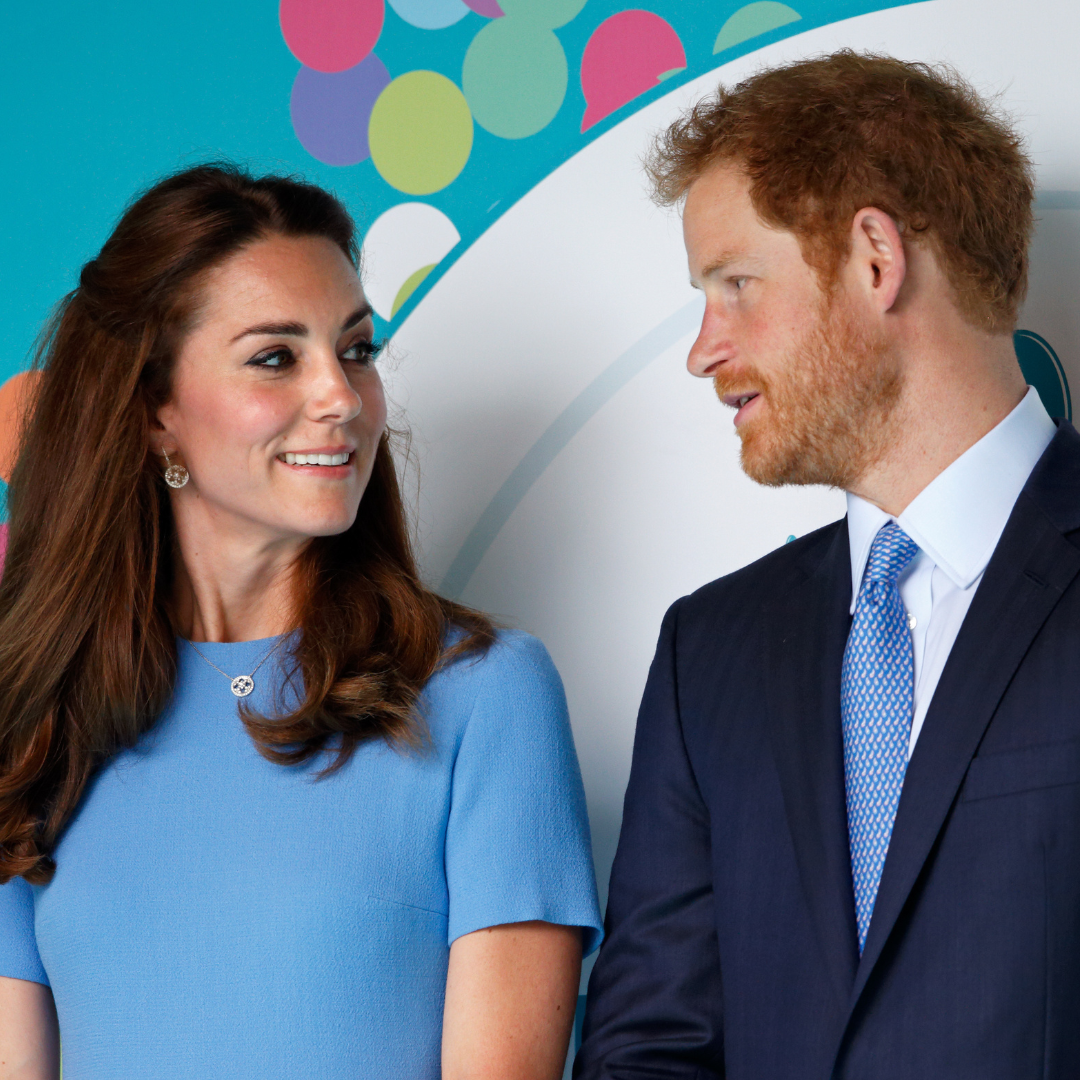 Prince Harry reportedly extended an 'olive branch' to Kate and William on latest UK trip
Prince Harry reportedly extended an 'olive branch' to Kate and William on latest UK tripBig if true
By Iris Goldsztajn
-
 How Prime Video is protecting Blake Lively amid her new movie promo
How Prime Video is protecting Blake Lively amid her new movie promoAn understandable move
By Iris Goldsztajn
-
 I tried Pilates roll-downs every day for a week - and was amazed at how quickly it eased years of stiffness
I tried Pilates roll-downs every day for a week - and was amazed at how quickly it eased years of stiffnessConsider my spine more mobile than before.
By Rebecca Shepherd
-
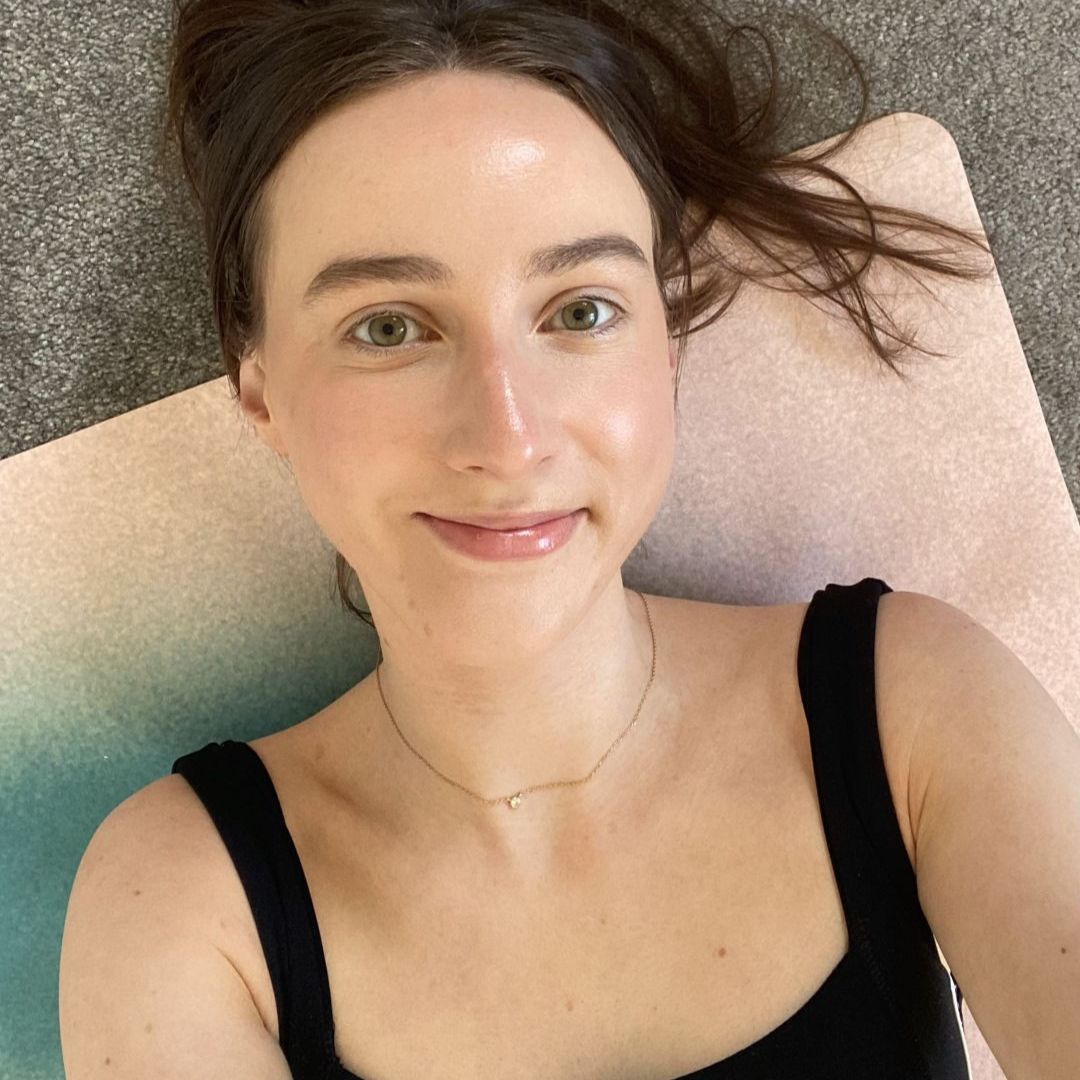 I tried Pilates scissors, the raved-about Pilates move - and think it's the best combination of stretching and strengthening ever
I tried Pilates scissors, the raved-about Pilates move - and think it's the best combination of stretching and strengthening everTrust me, this one's worth trying.
By Katie Sims
-
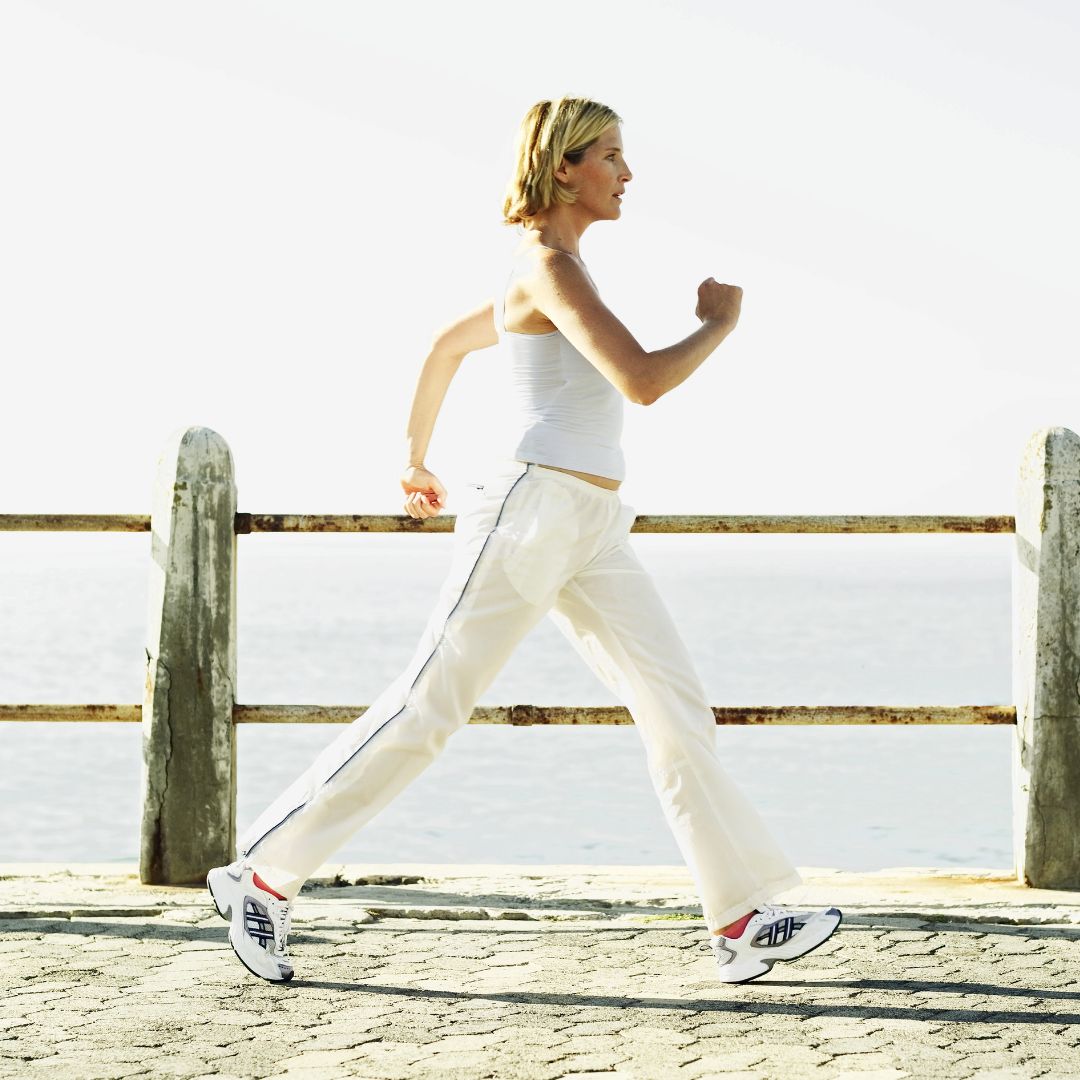 Power walking is the latest trending workout - and it promises to supercharge your health in the simplest way
Power walking is the latest trending workout - and it promises to supercharge your health in the simplest wayKeen to find out more? Step this way...
By Rebecca Shepherd
-
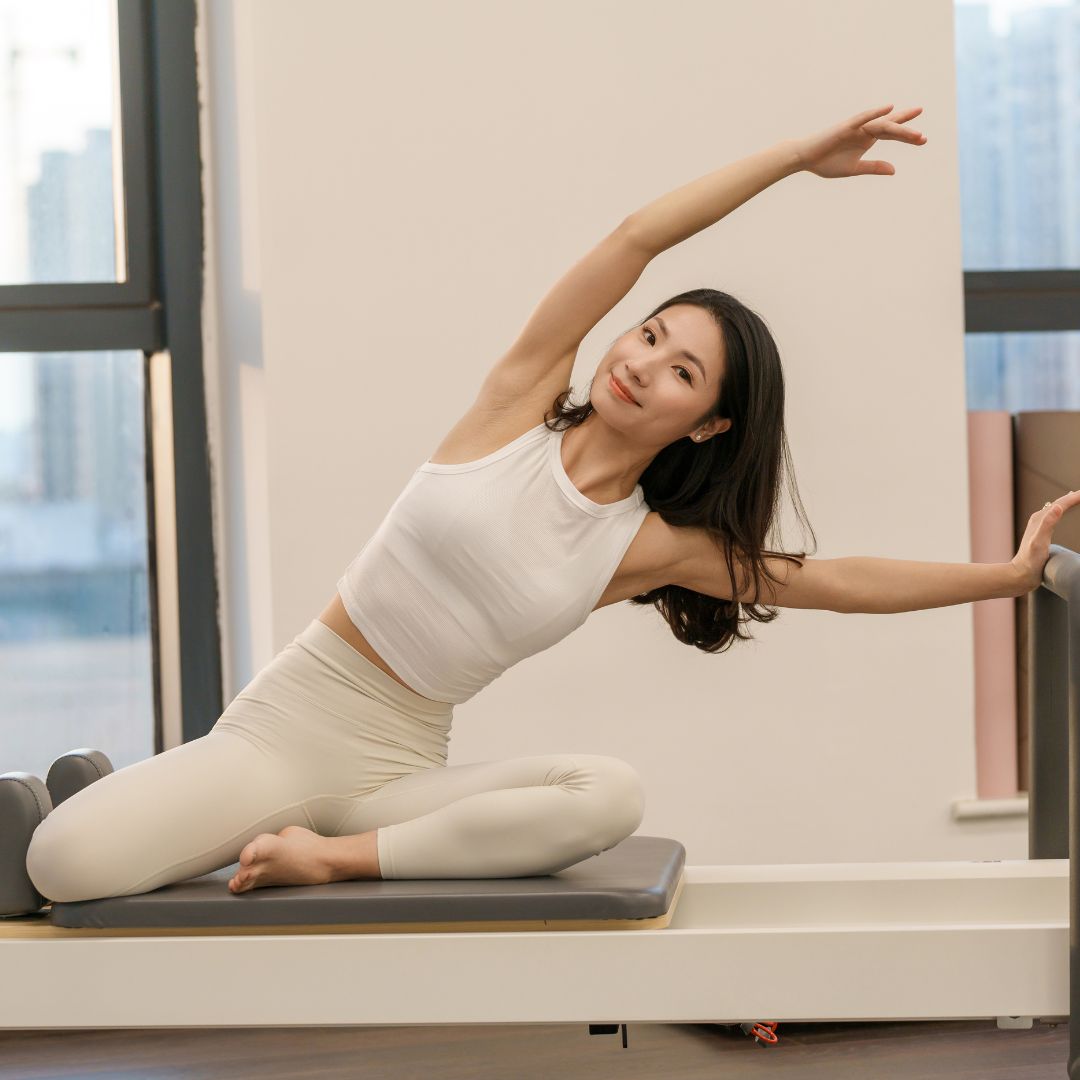 Eager to build a strong, stable core from home? 7 advanced Pilates core exercises that coaches do themselves
Eager to build a strong, stable core from home? 7 advanced Pilates core exercises that coaches do themselvesStability, strength *and* control? It's a yes from us.
By Anna Bartter
-
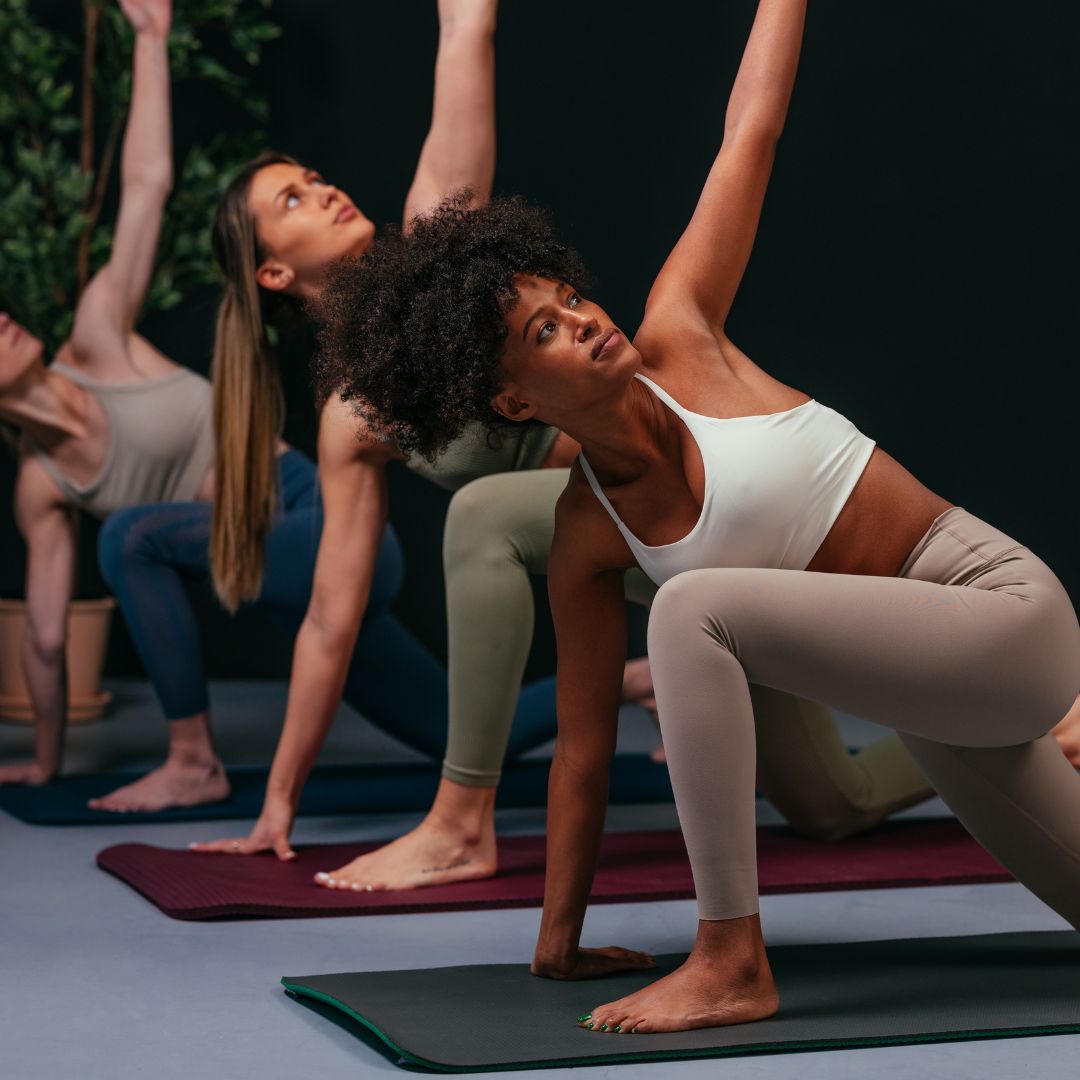 Classical Pilates is raved about worldwide as the most effective type of Pilates you can do - 8 exercises that instructors recommend
Classical Pilates is raved about worldwide as the most effective type of Pilates you can do - 8 exercises that instructors recommendTried, tested and trusted moves.
By Katie Sims
-
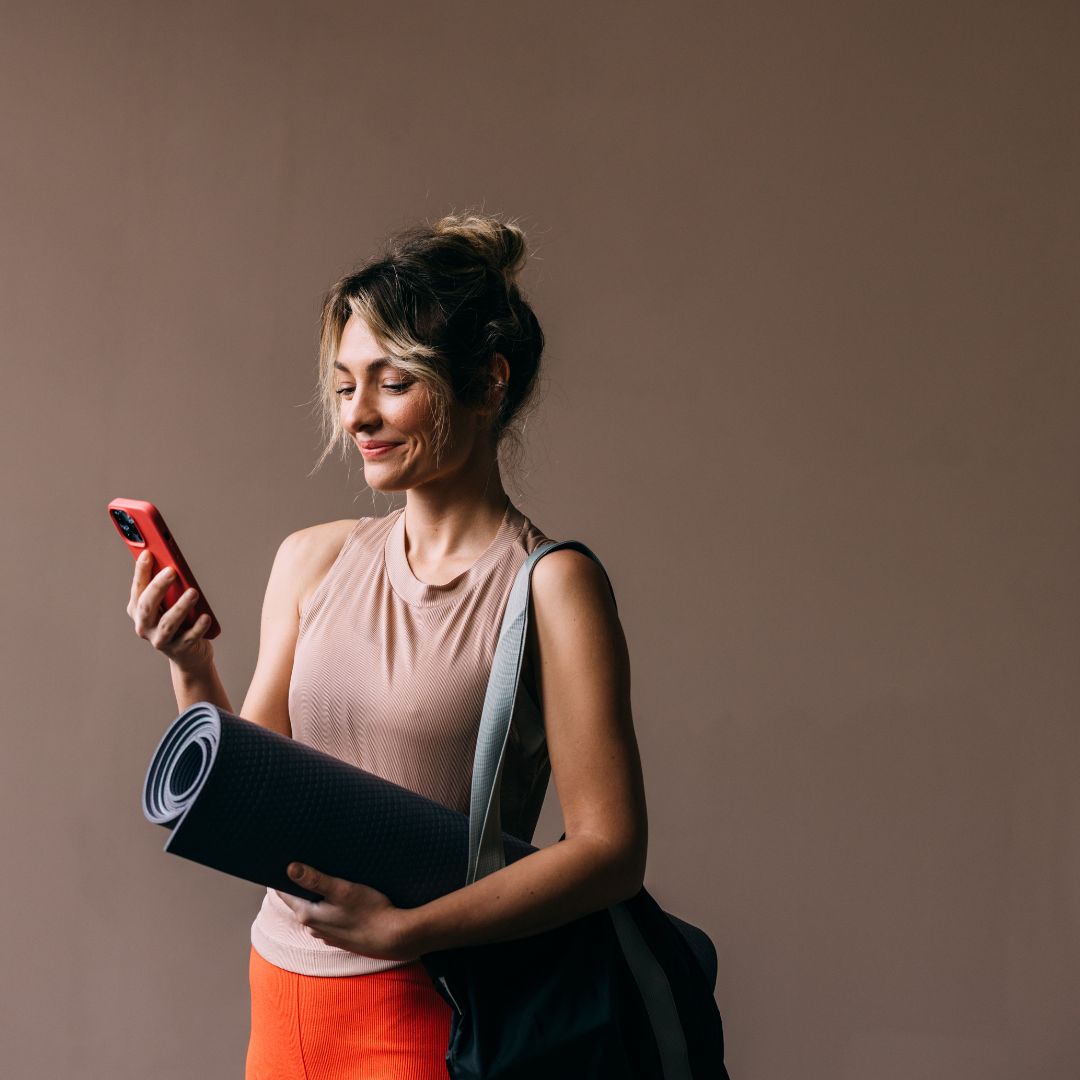 Fan of low-impact sessions? These are officially the 7 best Pilates apps for boosting strength, tone and mood
Fan of low-impact sessions? These are officially the 7 best Pilates apps for boosting strength, tone and moodYou can thank us later.
By Katie Sims
-
 I tried STOTT Pilates at home every day for a week - and I've fallen for the trending workout hook, line and sinker
I tried STOTT Pilates at home every day for a week - and I've fallen for the trending workout hook, line and sinkerYou'll want to give this one a go.
By Katie Sims
-
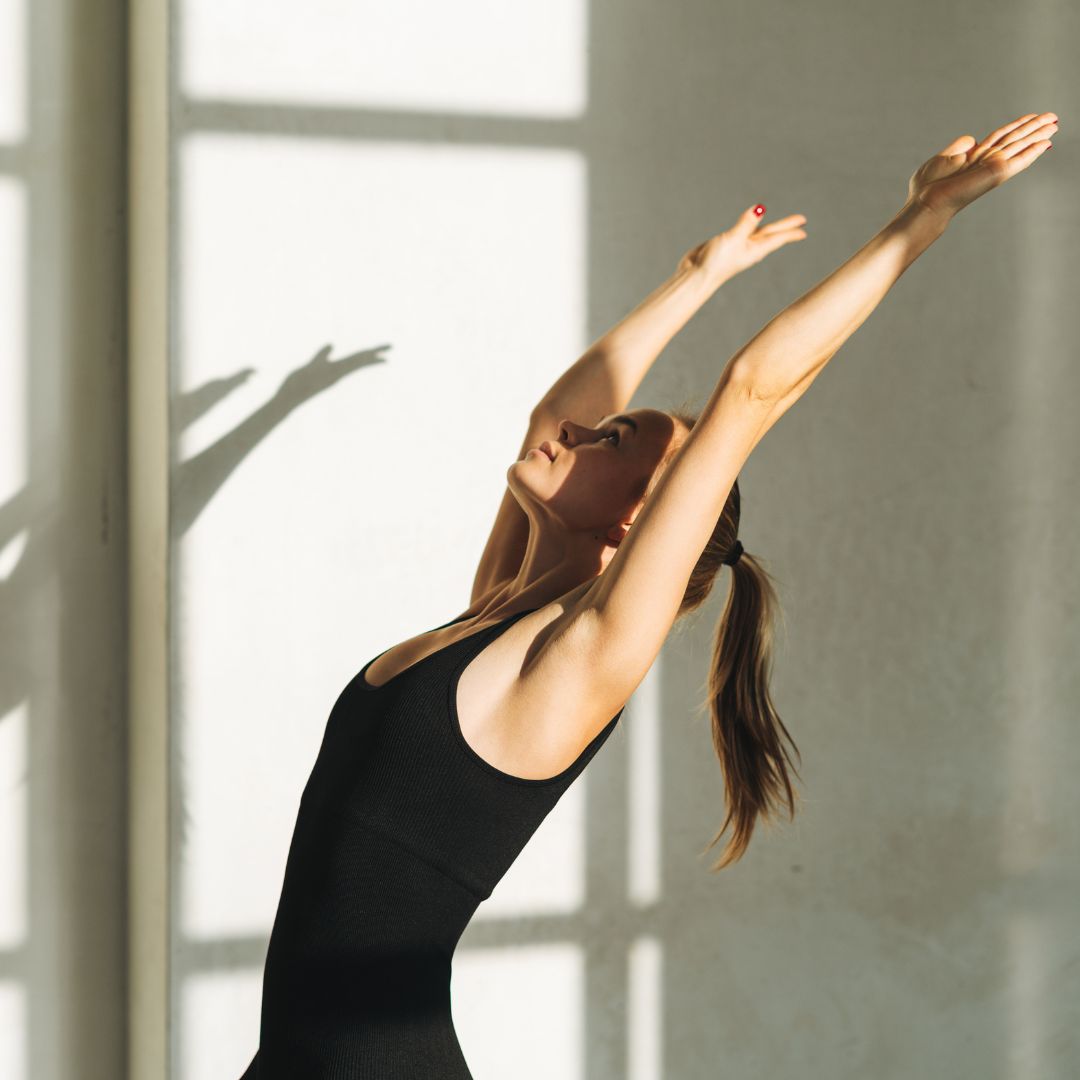 Keen to get Reformer results without the hefty price tag? 5 best Pilates boards to upgrade your home workouts
Keen to get Reformer results without the hefty price tag? 5 best Pilates boards to upgrade your home workoutsThey're great for small spaces, too.
By Amelia Yeomans